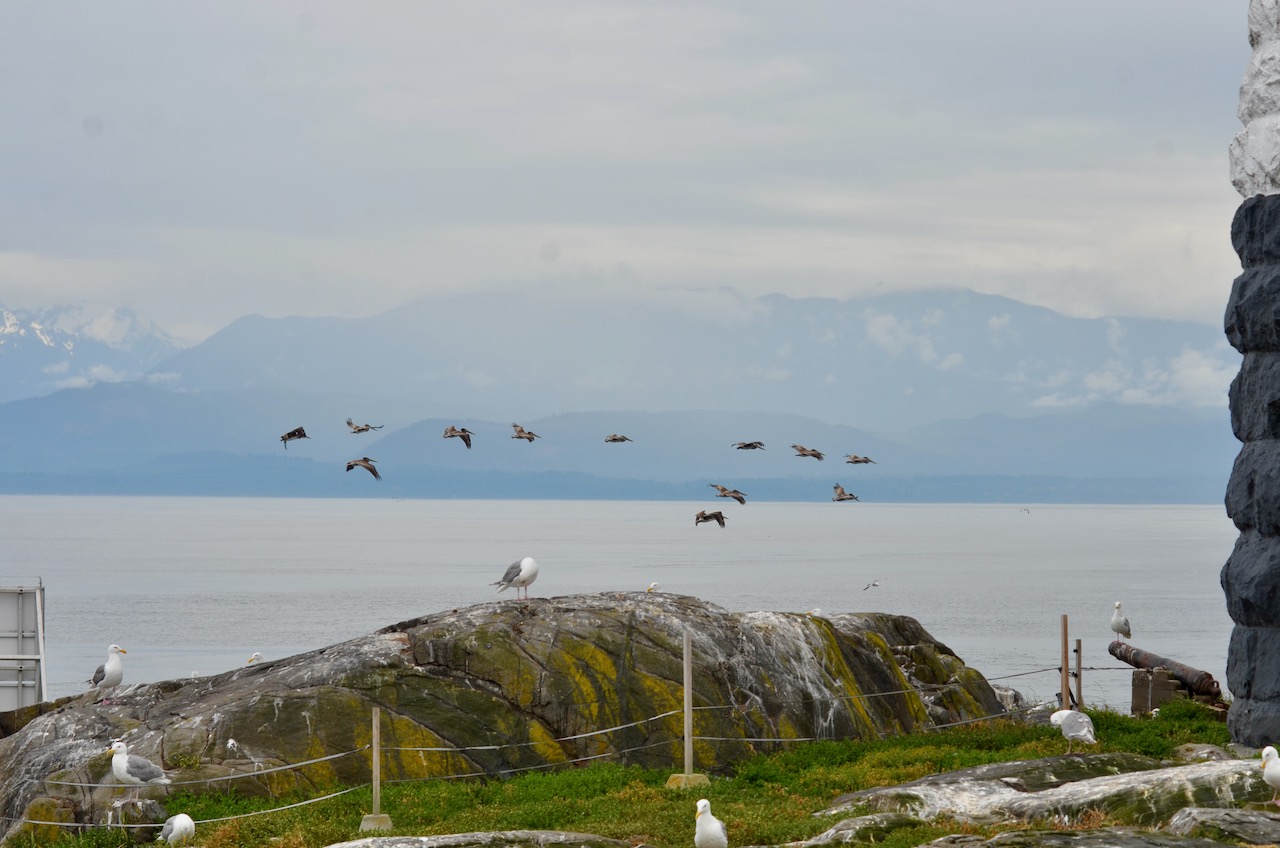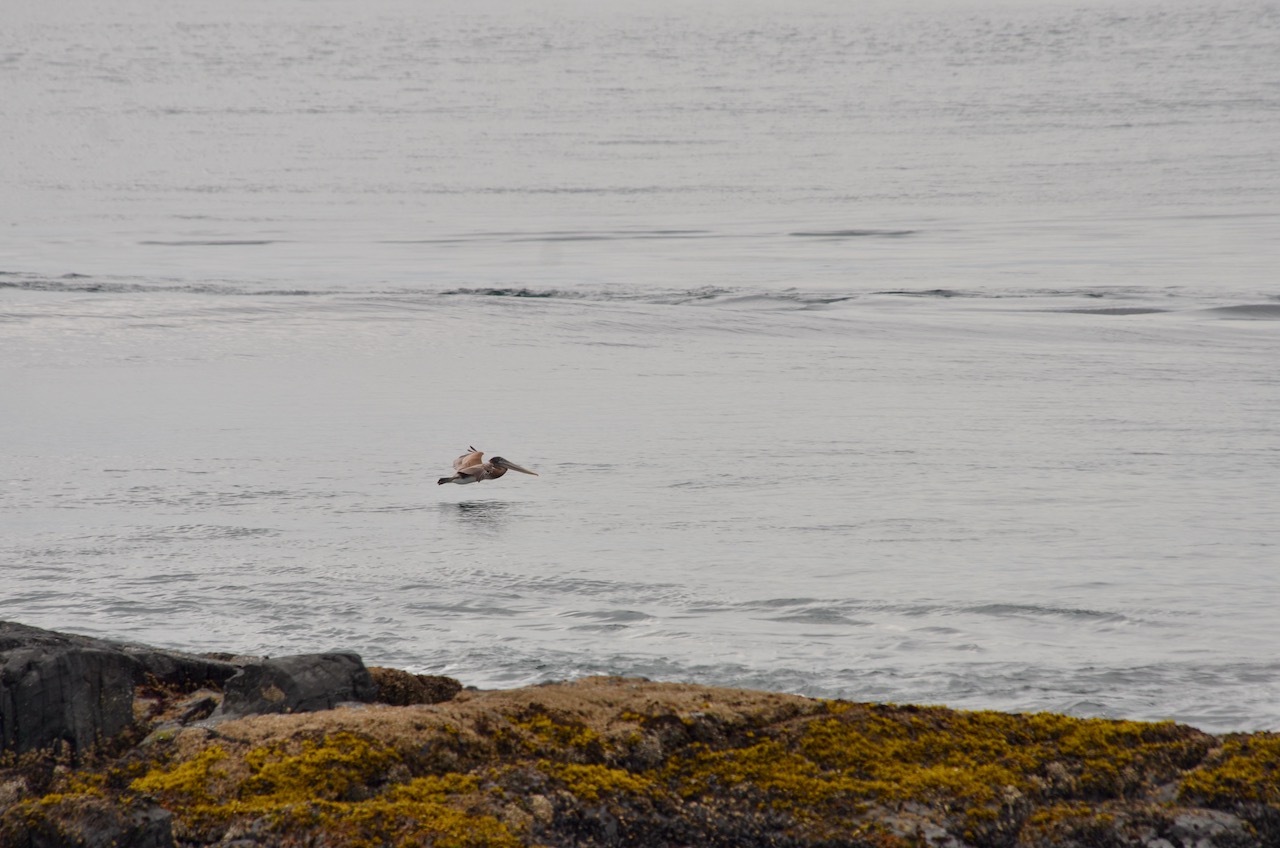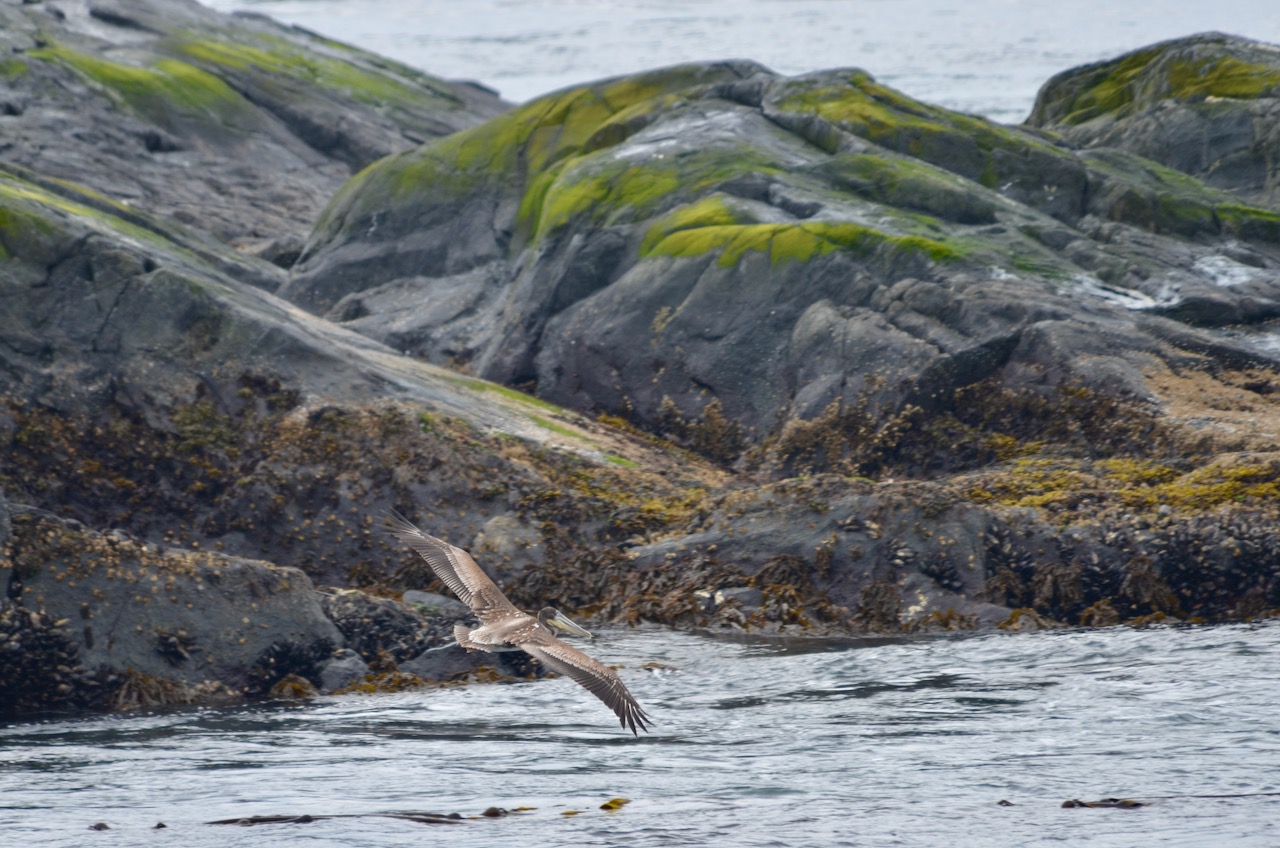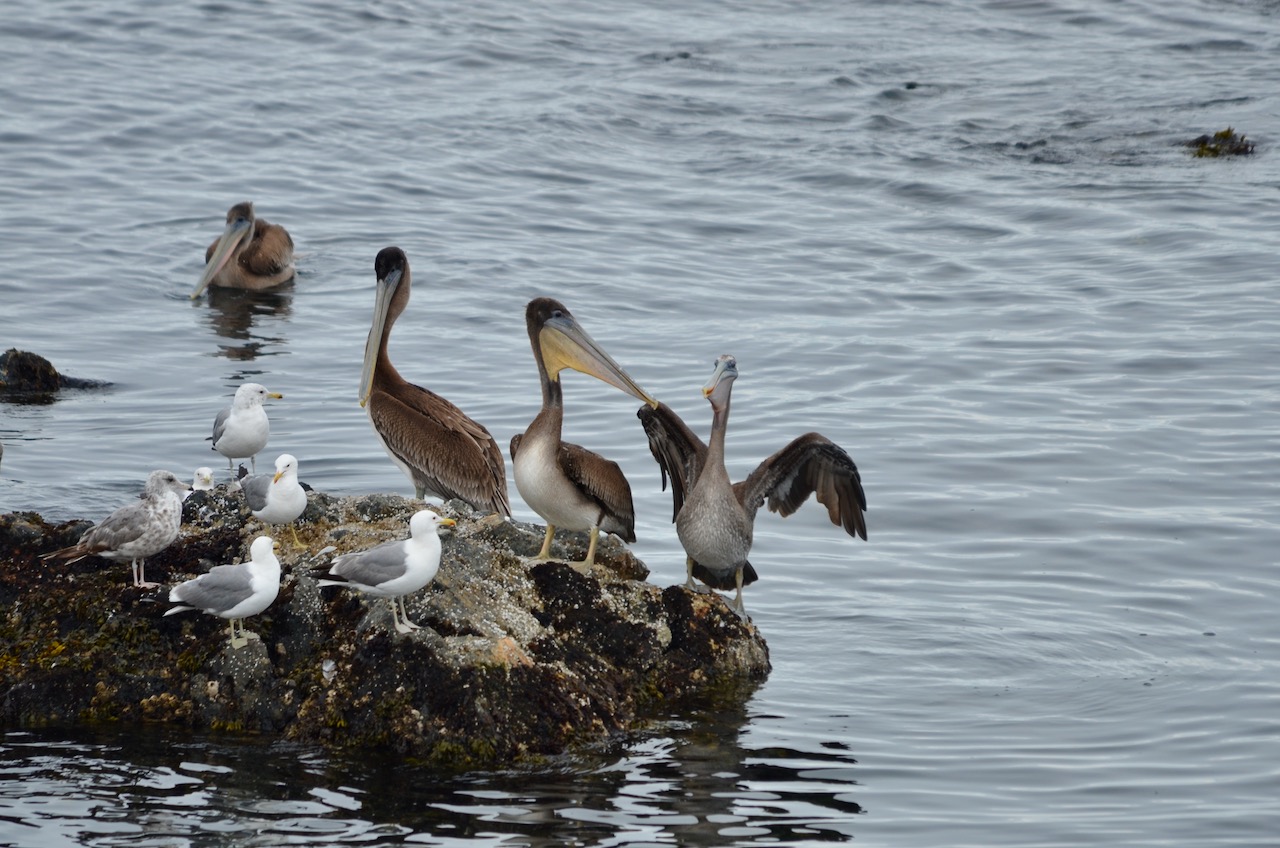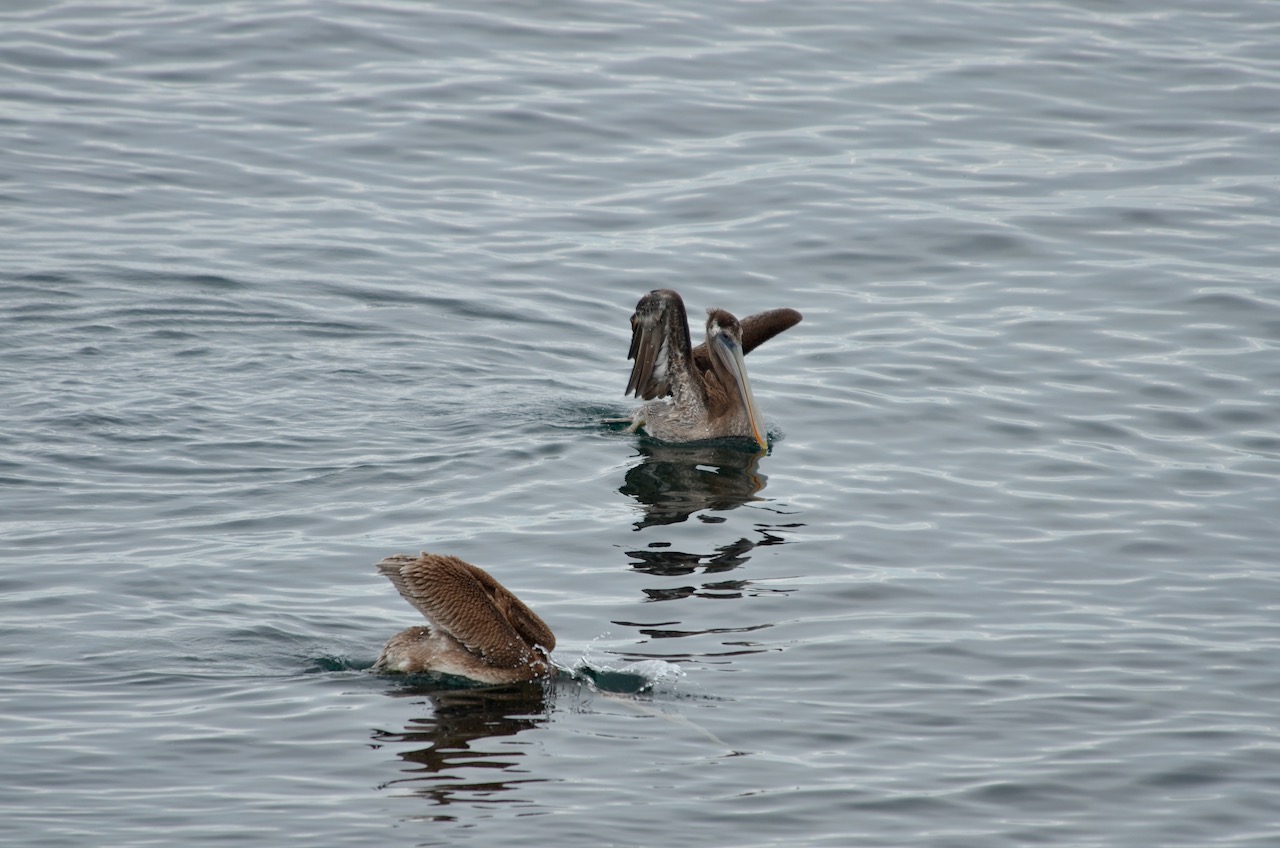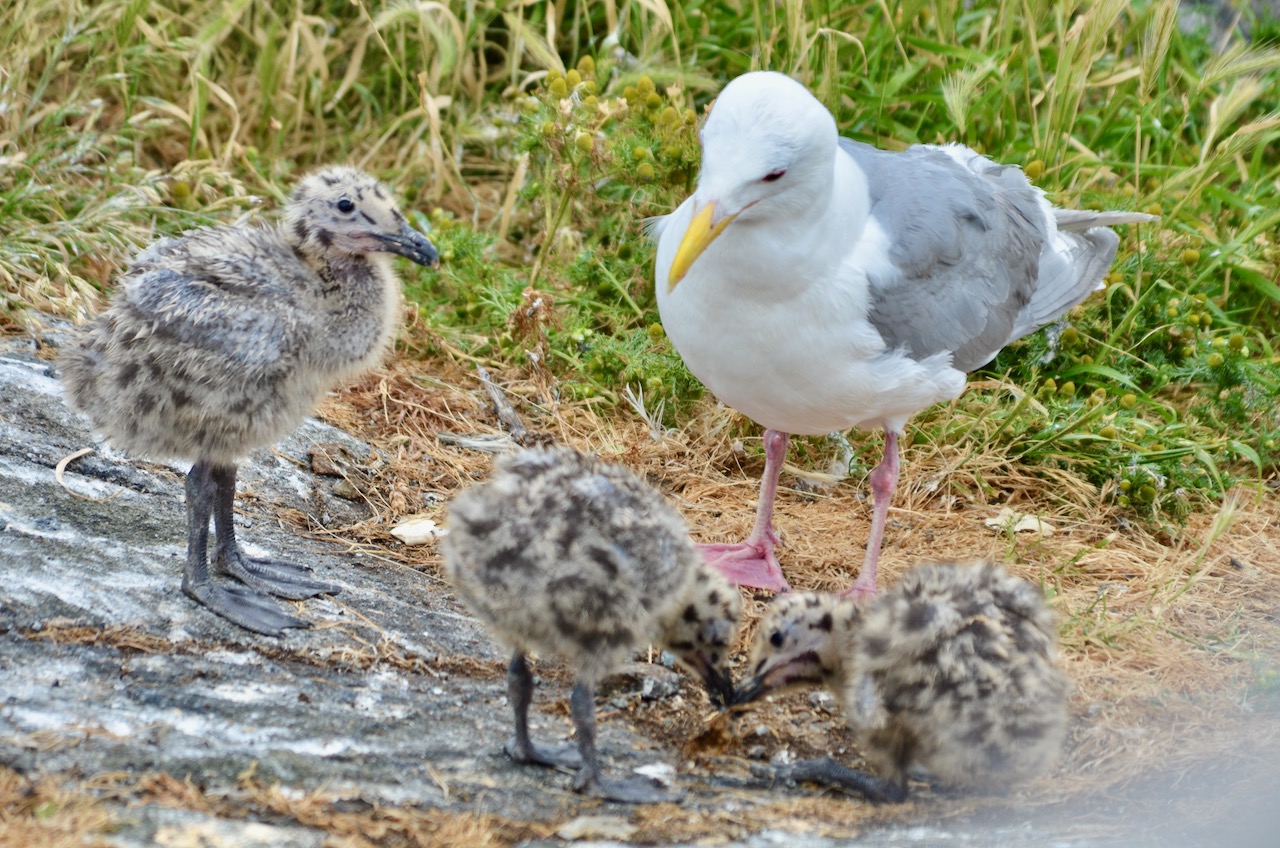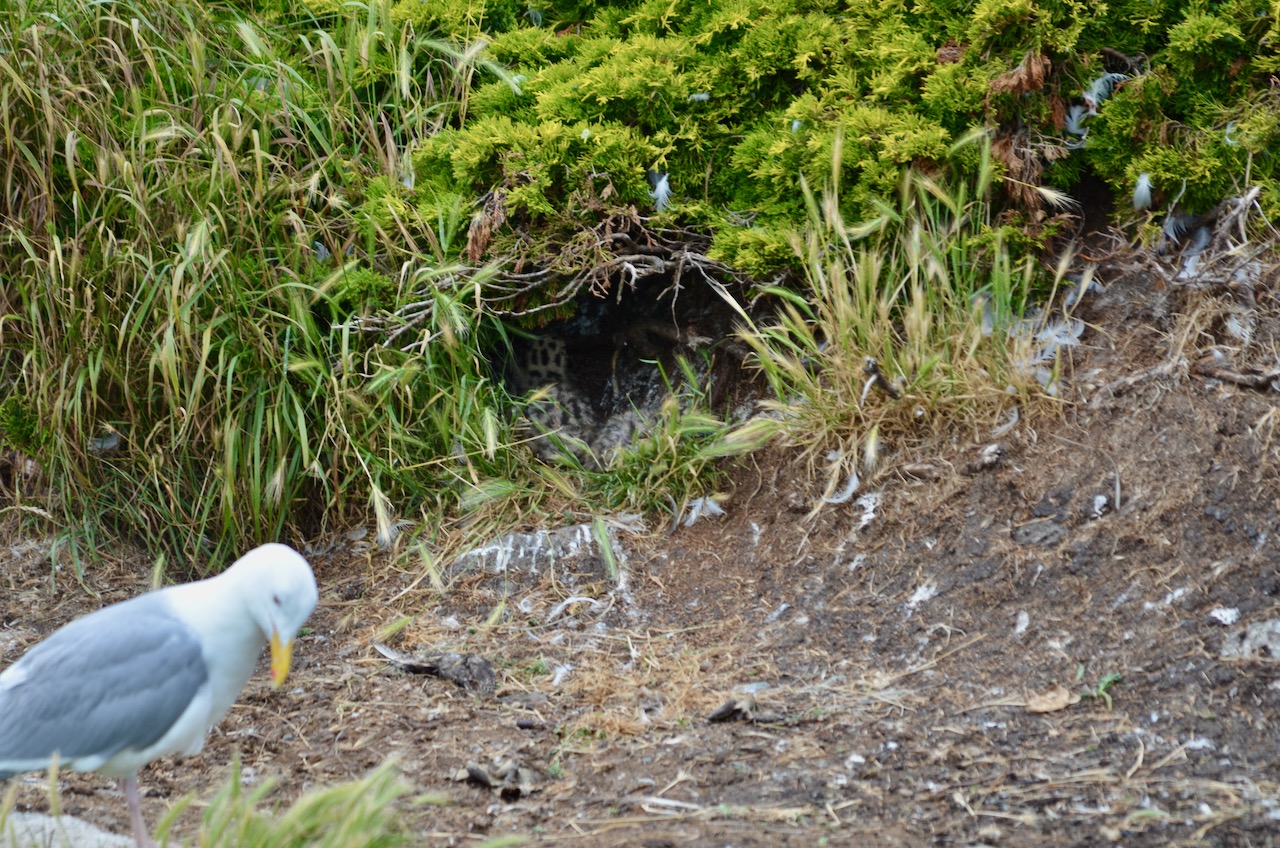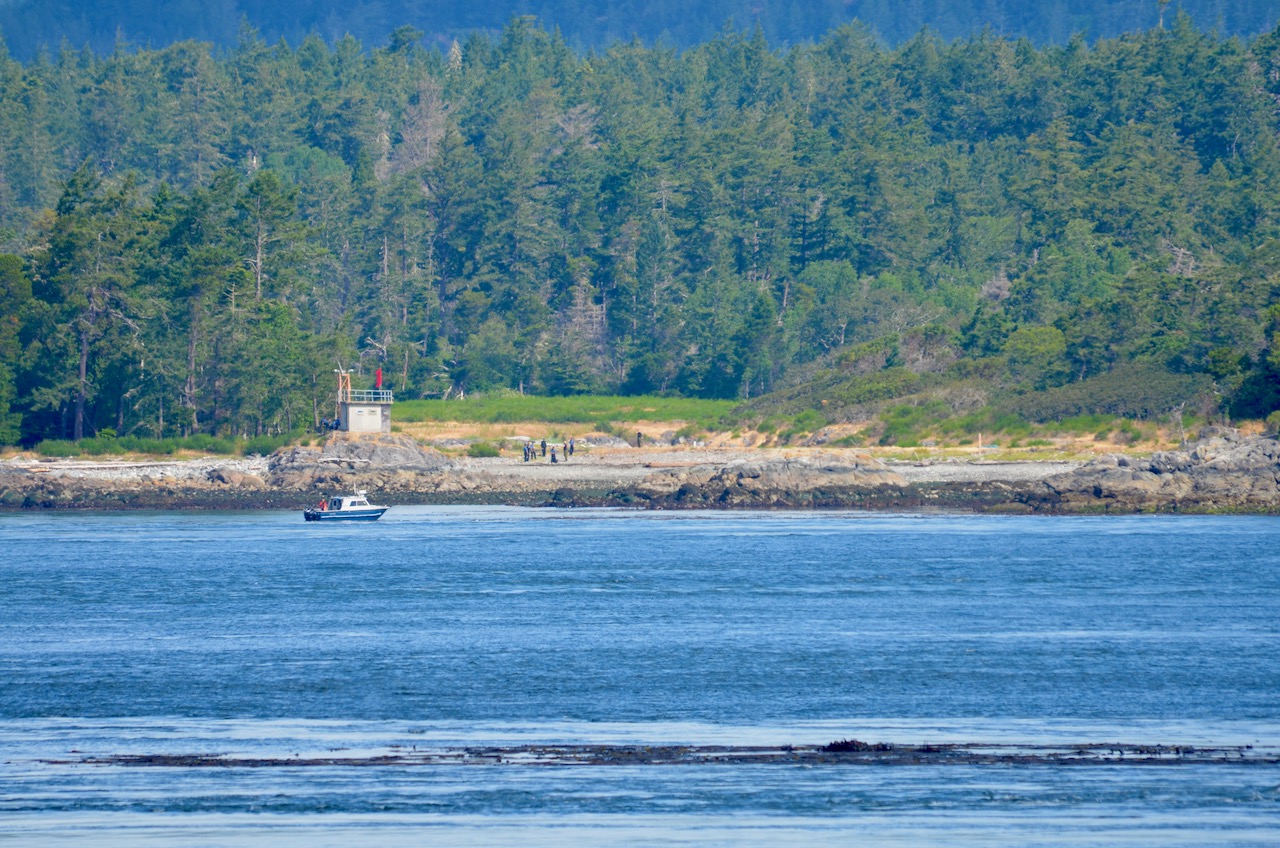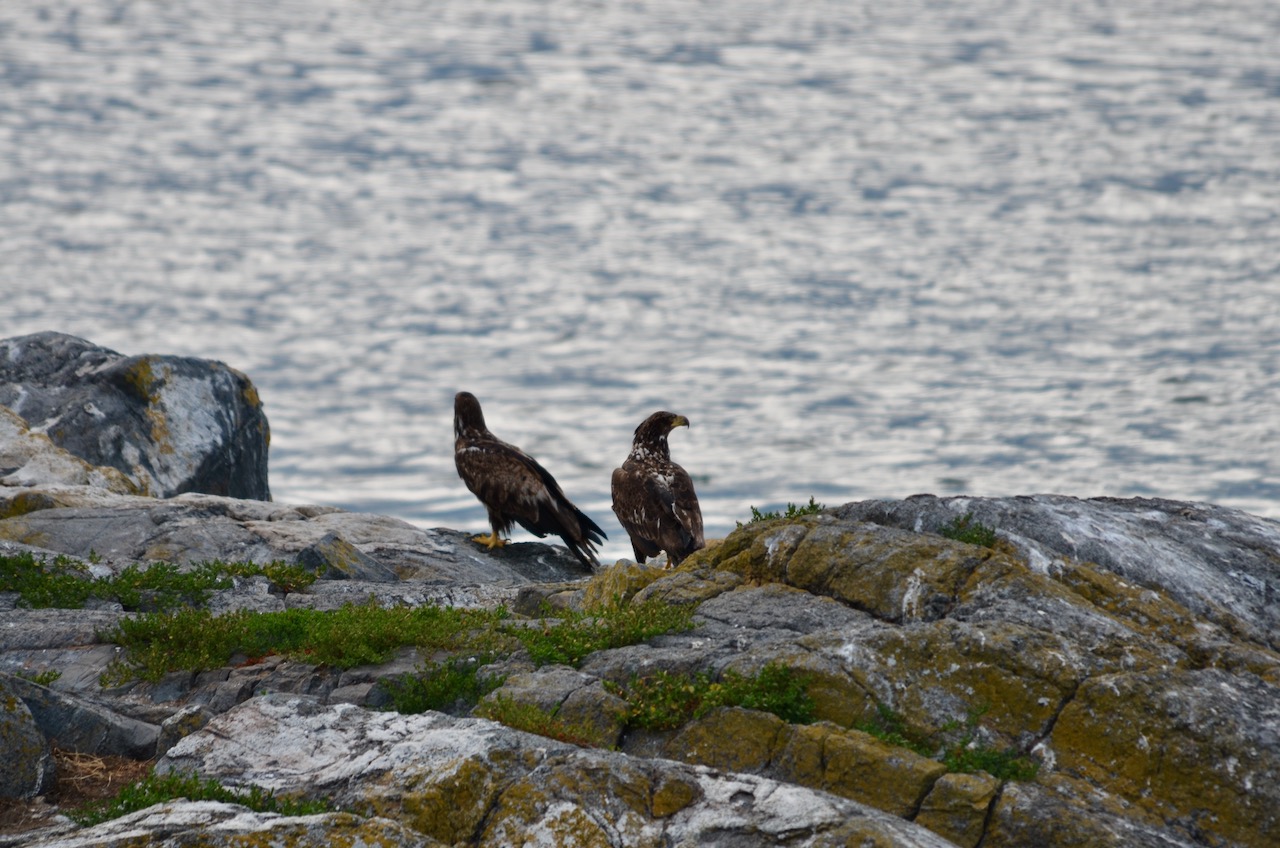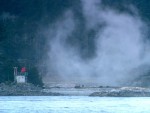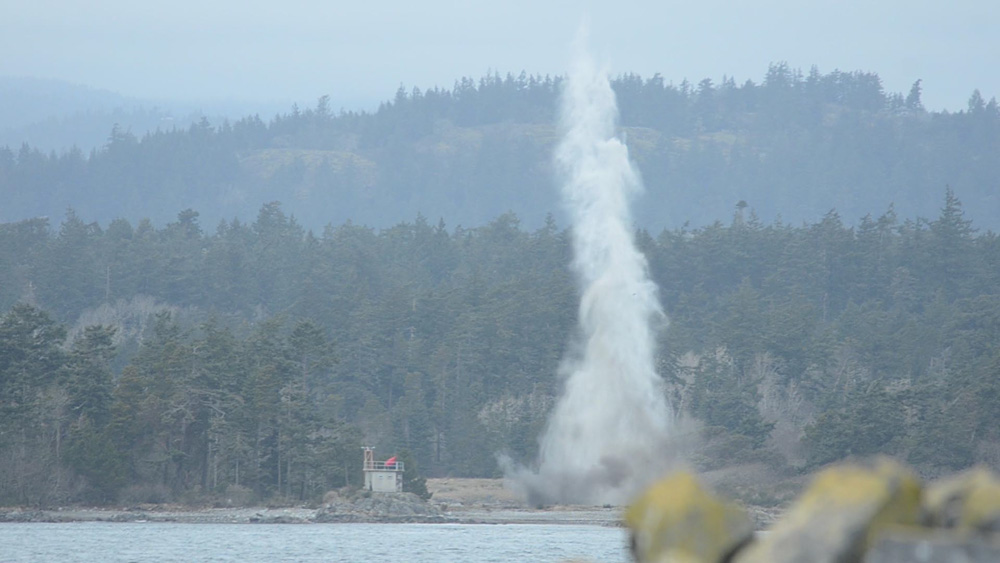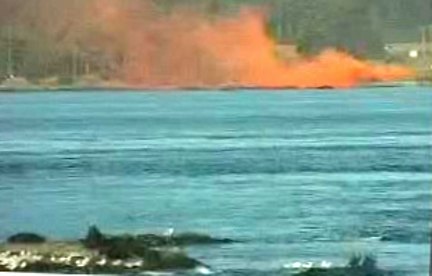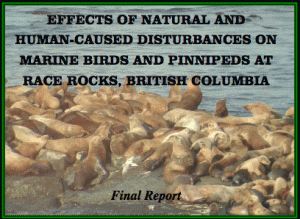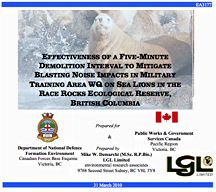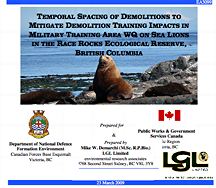LEPERS’ ISLAND
Beautiful Bentinck is a paradise and a prison to its three desperately lonely unfortunates
CY YOUNG
ON A green fertile island in the Strait of Juan de Fuca, within sight of the liners and freighters plying to the Orient and only 12
miles by sea from Victoria, B.C., live three of the loneliest people in Canada. There, in a pleasant cottage colony, dwell a middle-aged matronly woman who has been a missionary in Africa, an old one-eyed Chinese who talks pidgin English and a 29-year-old Japanese Canadian who studies carpentry by mail.
They have only one pathetic thing in common —they are lepers.
Their affliction, the fearsome scourge of the Middle Ages, knows no cure. Patients on Bentinck Island live in isolation until their disease has become “arrested” and noninfective, when they can return to their hornes, or until they die and join the 10 now buried in the leper colony’s graveyard.
Bentinck is one of the two leper hospitals maintained by the Dominion Government. It has been operated only since 1925, when the Pacific Coast lepers were transferred from the larger, but less accessible, D’Arcy Island.
The other leper hospital is in New Brunswick, where the disease was diagnosed for the first time in Canada during an epidemic in 1815. A short time later a smaller outbreak was controlled in Cape Breton. Lepers have been cared for at Traeadie, N.B., for more than a century. There are seven of them there now—three women and
Wong raises vegetables, can’t feel bums.
four men housed in a new 12-room lazaretto overlooking the Gulf of St. Lawrence.
Since those early epidemics, the disease has been rare among native-born Canadians. Of the 10 occupants of Canada’s leprosariums, three are Orientals, three Russians and one a Pole.
I recently visited the Bentinck Island settlement with the permission of the Department of National Health. I carried away an impression of these desperately lonely, completely isolated human beings that I shall never forget.
With a photographer I appeared one overcast morning at the Dominion Government Quarantine Station at William Head, main Canadian shipinspection station on the Pacific coast. The officer in charge, Dr. H. Bertram Jenkins, a short stocky
man of thoughtful, deliberate speech, is also chief medical supervisor for the leper colony. He was to take us to Bentinck.
As a launch carried us across the channel, I thought uneasily of the graphic descriptions of leprosy I had read—of unfortunates in the last stages of leprosy with ulcerated, rotting limbs, foul breaths and weak, hoarse voices. Dr. Jenkins reassured me. There were no such lepers on Bentinck. The three patients there are inactive cases and two of them may be released some day to resume a normal life.
He also told me that leprosy was difficult to contract, except through long and intimate contact. No nurse, caretaker or visitor has got leprosy on Bentinck Island. Just the same, we were warned not to touch anything unnecessarily during our visit, and under no circumstances were we to have physical contact with the lepers.
We debarked at a narrow pile of wharf on the island’s rocky shore. Bentinck is about 112 acres in area, slurped like a clover leaf. It is well wooded and has a mild climate much like Victoria’s.
Of the 10 neat, rain-washed cottages on the island for the use of lepers, only three are occupied. The men’s buildings are two-room affairs, little more than huts. All are of a faded, sombre-brown color, tinged by greenish-brown moss which adheres to the walls.
In two large blue-grey staff houses overlooking a rocky beach live the resident nurse and her husband and the island caretaker and his wife. There’s a one-room hospital where periodic examinations are made and a modest two-room jail complete with regulation barred windows.
The jail has been used but once when a Chinese patient knifed another some years ago.
Before we visited a leper cottage, Dr. Jenkins reminded us that the patients and attendants must not be identified. Their names are known only to relatives, friends, and the records branch of the Department of National Health. So great is the fear of leprosy that the relatives of those on Bentinck must be protected from prejudice of their neighbors in the outside world.
On our first call, a middle-aged, motherly little woman with her hair in a neat bun answered our knock at ber screened-in veranda door. Inside, we found a friendly warmth about the modestly
furnished room. In
about the modestly Continued on page 65
Continued from page 24
a corner a bowlegged wood stove crackled. The smell of baking was strong in the room.
There was a cake in the oven, she explained. It was for “the boys,” the one-eyed Chinese and the Japanese. Last week she had baked them a jelly roll. This week, for a change, she had baked them a cake. We had arrived a little too early to “have a piece,” she said with a twinkle. But the humor was the kind that struck at the heart.
A tablecloth of simple pattern covered the long grey living room table; a screen shut off from view a single, hospital-type bed. A shabby rocker was pulled up before the radio and a potted geranium on the window ledge added a homey touch.
We learned our hostess’ story. She had contracted the disease as a missionary in Africa. There she had treated all diseases, including leprosy, in the course of her work. One day she had noticed a slight loss of sensation in her left leg. Doctors confirmed her suspicion that she had leprosy.
When she came to Bentinck somewhat over a year ago she was a bed patient. Her hands were useless-—she couldn’t even brush her own hair. In three months she was up and doing her own housework and cooking.
Today she has partial paralysis of the left leg, lack of sensation in several parts of her body and some weakness in the muscles of her forearms. Barely noticeable is the slight discoloration of her face and neck. A type of skin lesion gives a somewhat swollen appearance to her right cheek just below the eye.
The disease itself is not so bad, she said. Nor is the isolation on beautiful Bentinck Island. “It is being cast out that hurts. If people took a different, more sensible attitude to our disease there is no reason why we should not be allowed to live in an institution such as a tuberculosis sanatorium.
“My friends have stood by me. They think more of me now than they ever did,” she went on. “But some acquaintances will not visit my family any longer because I am here. That hurts me very much.”
What did she do with her time, I enquired.
“Oh, we have our little times,” she said, motioning toward the freshly baked cake. “Sometimes I write for the church paper, or sew or knit. Sometimes I read, or sit listening to the radio.”
Some of the knitting is done for her family. (Dr. Jenkins informed us later that knitted wear is allowed to leave the island after it has been thoroughly washed and disinfected. Letters by the patients are fumigated for 12 hours before being mailed.)
Though the lepers may dislike their isolation on Bentinck Island, only one has escaped, and that was several years before Dr. Jenkins took charge in 1936. None has committed suicide.
Ten patients, all Orientals, have died on the island. Lepers seldom die of their disease; it is usually some accompanying illness that carries them off. A patient who died recently at 84 had been a leper for more than 50 years. He succumbed to a secondary infection and old age.
Until a short time ago no crosses marked the leper graveyard. But this has been attended to by the one-eyed Chinese I shall call Wong, a somewhat comic figure whose quick gestures match his high, singsong speech.
Wong has the friendly nature of a spaniel puppy, the volubility of a street salesman. He hopes another Chinese will come to Bentinck Island
“by ’um by” and keep him company. He has been on Bentinck Island for the past 11 of the 36 years he has lived in Canada.
Wong’s left eye is sightless from his disease. Occasionally he removes the pink patch which usually covers it. His eye is no more repulsive than a case of common pinkeye. His other disabilities are partial loss of sensation in both feet and in his right hand.
Wong had a bandage about his right hand the day we were at Bentinck. He had recently burned it severely on his kitchen stove. The burn was deep and penetrating before he actually felt pain.
Such incidents are fairly common. “Lepers must be looked after more than most sick people,” said Dr. Jenkins. “It is easy for them to injure themselves seriously because of the lack of sensation.”
Wong supplies the colony with fresh vegetables from two large patches situated behind his hut. The other patients may accept any vegetables which require boiling.
Our next call was on the nurse, who has lived three years in the big house on the Bentinck Island shore line. She is not completely cut off from the world; members of her family occasionally come to the island and spend the week end with her, and on Tuesdays and Saturdays, if she cares to go shopping in Victoria, the launch will transport her to the mainland.
The monotony of being alone on the island gets the lepers down sometimes, she said. “That’s why visitors are so welcome.”
Regular visitors are the Rev. Harry Mitchell Bolton, the rector at nearby Metchosin and Lim Yuen of the Anglican mission for the Chinese at Victoria. The white missionary has occasional visits from her family and friends.
I asked the nurse if she is ever afraid of catching leprosy. “Afraid,” she said grinning broadly, “what is there to be afraid of? No, the truth is I like it here —I have a good job.”
The third patient on the island is a personable, slow-speaking, 29-year-old Nisei I shall call Jim. He has been on Bentinck Island for the past three years. He has not seen his wife, also a Nisei, since his admission to the colony because her Japanese blood bars her from the Pacific coast.
Jim has painted the interior of his hut a saucy blue-green. Each individual brick in the living room chimney has been carefully painted red. Between each brick the thin rough line of mortar shines with white paint.
On the table was a model of a Tribal Class destroyer, painstakingly perfect in detail, carved from rough beach wood.
Jim’s disease affects only his left leg. He hopes he may be released soon to rejoin his wife. To earn a living then he is studying carpentry by correspondence.
Each of the lepers receives a grant from the Government while on the island of an amount not exceeding $50 a year. All of their normal requirements and medical treatment are supplied by the Government.
At Bentinck Island the main treatment consists of intramuscular hypodermic injections of chaulmoogra oil, drawn from the Hydnocarpus tree. Other medicines used by the doctor are Diasone, a new sulpha drug which is taken by mouth, and tyrothricin for dressing open wounds.
“We try to build the patients up by a generous diet,” said the doctor. “We do our best to make their surroundings as cheerful and pleasant as we can.”
Dr. Jenkins does not feel that “cure” is the proper term as applied to lepers.
“It is possible to arrest a case of leprosy. But the persons who treat the disease hesitate to say it is possible utterly to cure one.”
The 3,000-year-old leprosy problem is still one of mankind’s scourges, with an estimated two to three millions suffering from the disease in the world today.
It wasn’t until 1879 that the leprosy bacillus was isolated. It is similar in some respects to tuberculosis, and often it causes a positive Wasserman test and has led physicians unfamiliar with the disease to diagnose it as syphilis.
When leprosy attacks, normal tissue becomes replaced by inflamed cells. The disease has two forms—neural leprosy which affects the nervous system, and the cutaneous type, which affects the skin. Sometimes a patient has both.
The earliest symptoms of leprosy are vague and indefinite. There are periods of ill-health, slight fevers and perhaps unexplained skin blisters and ulcers that soon heal. In the neural type, the victim loses his sense of touch in the affected parts. This is detected by stripping him, blindfolding him and asking him to tell, if he can, where he is being lightly stroked by a paper spill. In advanced stages of this form, whole fingers and toes die and drop off.
In the skin type, sores break out on the body, eye tissues degenerate, the
mucous membranes of the throat and nose thicken, affecting breathing and speaking, and the eyebrows disappear.
Leprosy attacks those who are “below par.” It is usually associated with bad conditions of living, poor diet and unhealthy social and climatic conditions. For that reason treatment is similar to that for tuberculosis.
Much depends on the patient’s will to recover. Dr. Jenkins recalled the case of a patient who died some time ago on Bentinck Island.
“We could do little for him,” said the doctor. “He was here only a year or so before he died. He had lost entirely the will to live.”
The lepers now at Bentinck are not downcast. Religion plays a large part in their lives, helps buoy them up. The two Orientals recently became Christians; Wong’s baptismal service was held outdoors near his vegetable garden and a modest china bowl served as a fount and Jim was received into the church in a quiet religious service in the hospital.
All three are devoted to their Bibles, and especially to one well-thumbed passage, St. Matthew 8, verses 2 and 3: “And, behold, there came a leper and worshipped him, saying, Lord, if thou wilt, thou canst make me clean. And Jesus . . . touched him, saying, I will; be thou clean. And immediately his leprosy was cleansed.” it

